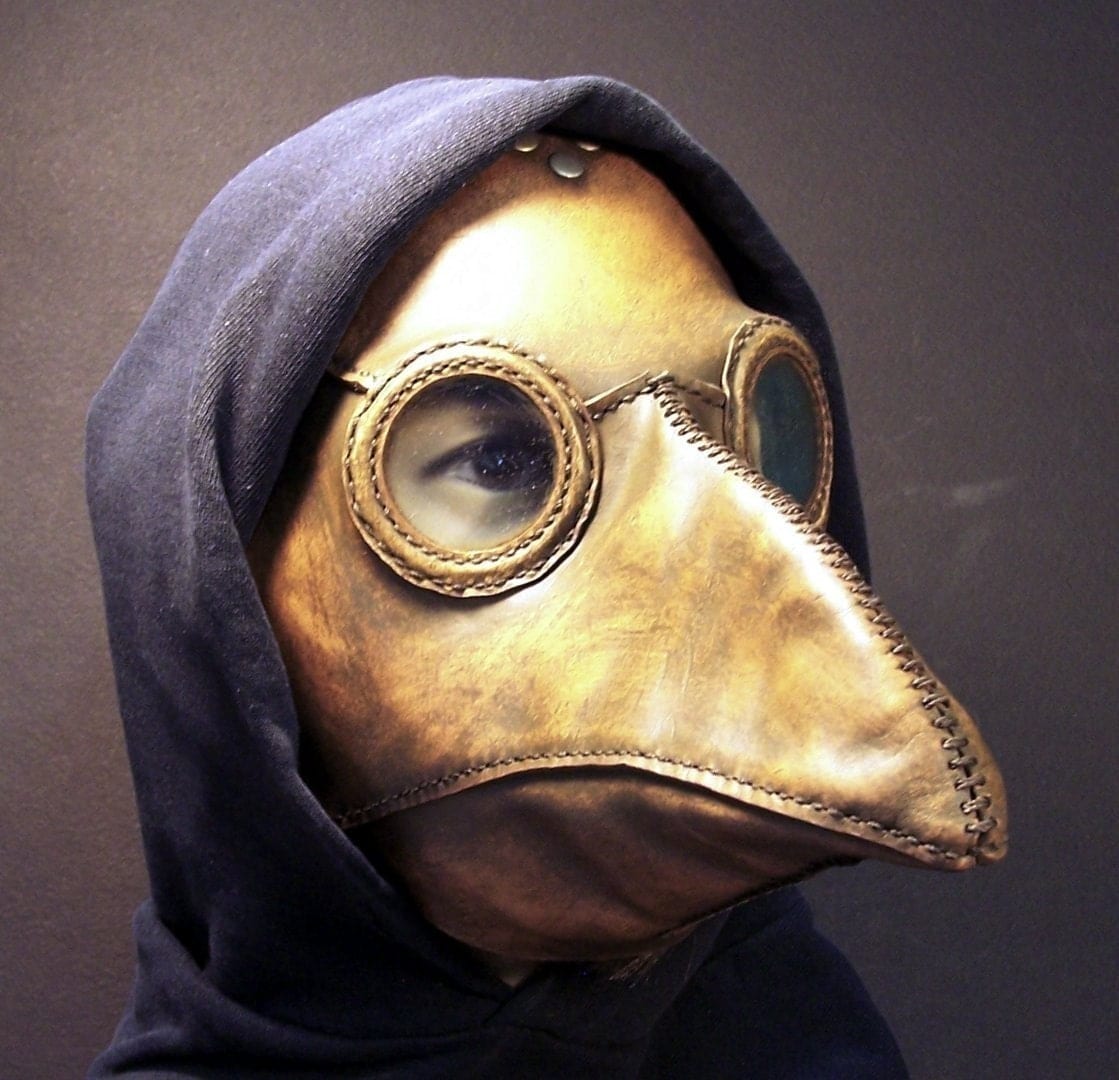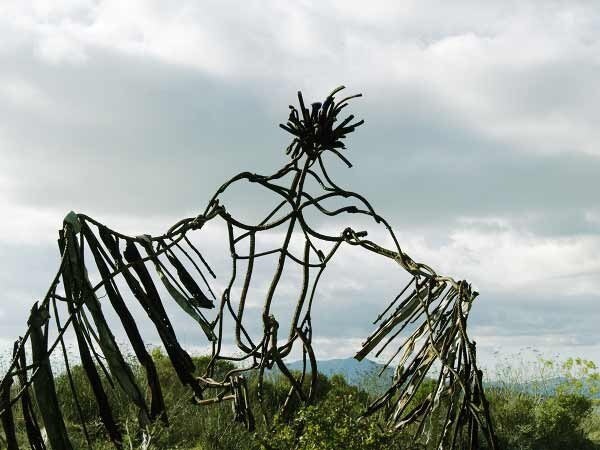 |
My apartment at Moosacherstrasse 81, Munich, 1998
You can see apartment buildings
from the Olympic Village outside the window. |
So, in a recent rush of nostalgia, I went looking for pictures of my time in Munich. I'll be posting the best of them over the next few weeks, grouping them by subject (work, parties, etc.) I have very few of the university, since I spent so little time there. Instead, I spent most of my days at the museum, where I was an intern (and, later, a correspondence translator).
To the left and just below, at right, are pictures of my apartment, which stood along a busy traffic artery, Moosacherstrasse, several blocks from the Olydorf (Olympic Village) and down the street from the BMW plant. It's funny that, a little over a year before I moved to Munich, I received as a gift a series of three 1972 Olympic posters from one of my professors, Klaus Kipphan. Over 12 months later, and somewhat unexpectedly, I would find a Studentenwerk apartment near the repurposed Olympic Village. A great number of my American friends (also Fulbrighters or DAAD recipients) lived in these tiny quarters with the balconies protected from pigeons by soccer nets. I went to more than one party in rooms not much larger than a closet. We were each glad to have our own spaces, though. What a change from the American dorm life so many of us had come from.
 |
The entrance to my Munich apartment.
There's that two-burner stove I talk
about in my "Domestic Goddess" post.
Q: Is that a bottle of Jim Beam near the stove?
A: Why, yes it is. |
So, this was the apartment I painted in (in fact, in the image at right, you can see one of my paintings--a small one, on top of the ancient-looking fuse box, from which a white apron also hangs. It's a partial work that I intended to finish by way of other smaller canvases. The painting is a dragon head breathing fire under a full moon. I'm not sure where that work is anymore. It did make it back to the States via slow-freighter mail, but I think I gave it to an old boyfriend when I was in graduate school, so it's probably somewhere in Pittsburgh, if he didn't destroy it or lose it along his own professional journey up to New Haven and back). Sadly, I don't have a picture of my painting corner, which was at the foot of my bed and lit by a desk lamp. Instead, I have a pic the opposite wall (above). There, I was apparently working on a giant charcoal drawing, one that never made it back to the states. I think I ended up tossing it when I was packing up to come home. Anyway, there was something funky about the nose I could never fix.
The last photo, below, is a picture of my desk at the
Neue Pinakothek. I used to be able to crawl onto my desk and out the window, where there were beds of lavender. Really, this was part of the building's roof, but it was fully accessible, if you could fit through that metal and glass portal to the outer world. The particular room, in addition to having the long desk, was also the completely temperature-unmodulated "archive room", meaning that the room was populated by large Formica cabinets with doors that locked but were not temperature controlled. Inside these cabinets were catalogues dating back to the 1700s, filled with languorous script that was practically illegible to the contemporary eye. I was in these cabinets often, tracing the ever-changing numbers assigned to paintings in the Wittelsbacher collection, which became the foundation for the Bayerische Staatsgemaeldesammlungen (Bavarian State Painting Collection). In the next post, I'll share pics taken while several of us are looking at an X-ray of Ruben's "Massacre of the Innocents" within the Doerner Institute, the Pinakothek's restoration department. Also, there will be pictures of parties with the restoration deparment staff, too. Some very good memories.
 |
My desk in the archive room
Neue Pinakothek, Munich, Spring 1998 |



































